 We deeply mourn the loss of Prof. Ved Prakash Nanda (Distinguished Fellow, IndiaGlobal), who passed away in Denver, USA. He was aDistinguished Fellow of India Global. With his departure, we mark the conclusion of the life journey of a mentor and leading light of India Global. Professor Nanda was an individual blessed with exceptional human qualities. From the very inception of India Global, he guided the fellows and encouraged everyone to study and propagate humanitarian policies. From his days as a student activist in Delhi to his tenure as a Law Professor at Denver University, Prof. Nanda has served as asource of inspiration for his students and peers. He was a friend, philosopher and guide of every fellow of India Global and chaired the first India Global, USA conference at Denver University, USA. His influence extended beyond academia in the social fabric of the United States, impacting multiple generations of young minds. He was honoured with various international accolades, including Bharat's esteemed Padmabhusahan, the nation's third-highest civilian award. His gracious and humble demeanour throughout his life was truly endearing, reflecting his equal concern for matters of human rights and justice. In this time of sorrow, we offer our heartfelt condolences and pray that the Almighty grants strength to the grieving family and grants eternal peace to the departed soul. The India Global family has lost our guiding mentor and we share the grief of the Nanda family. Dr. Nikhil Agarwal Dr. Yashodhan Agalgaonkar
1 Comment
An Analysis by Dr Nikhil Agarwal
The recent flare-up between Israel and Gaza has commanded the world's attention, drawing varied reactions from nations globally. Amidst this international tableau, India's stance offers an intricate tapestry of historical ties, strategic partnerships, and nuanced diplomacy. India's Historical Mediator Role India's relationship with both Israel and Palestine isn't a simple one. Historically, the country has shared warm ties with both and has often found itself in the delicate position of mediator during times of tension. This recent conflict was no different, as India swiftly called for a ceasefire, expressing grave concern for the civilians affected on either side. Emphasizing dialogue, India urged both parties to engage in talks and exercise restraint. A Balance of Support At the heart of India's position is a balance of interests. Its strategic alliance with Israel is undeniable, where it not only recognizes but also supports Israel's right to counteract terrorism. Conversely, India's bonds with the Palestinians are age-old and deeply rooted, leading it to champion their right to self-determination. Further complicating India's stance is the broader implication of the conflict on the Middle Eastern region. The persistent instability has invariably resulted in a worsening humanitarian situation in Gaza, which India has tried to alleviate by providing humanitarian aid and rallying the international community to do the same. Guiding Principles in the Middle East India's broader perspective on the Middle Eastern crisis revolves around three cardinal principles:
Challenges in India's Middle Eastern Diplomacy Yet, India's proactive role in the Middle East isn't without its challenges:
Despite these constraints, India's commitment to peace and stability in the Middle East remains unshaken. With its rich history of diplomacy and mediation, India is poised to play a pivotal role in the region, crafting a path towards a more harmonious future. By Nikhil Agarwal
The biggest startup lesson I’ve learned is that you can’t succeed without embracing disruptive technology. It might seem like a buzzword, but it's true: Disruptive technology is what makes or breaks a business. Specifically, I mean technologies that make your product obsolete overnight—and there are plenty of examples to prove this point. Kodak was a dominant player in the traditional film camera industry, and it had built its business model around the sale of film, cameras, and the processing of film. However, the rise of digital cameras and digital photography presented several challenges to Kodak's business model. As a result of these challenges, Kodak's business model began to crumble, and the company filed for bankruptcy in 2012. The rise of digital cameras and digital photography had disrupted Kodak's traditional business model, and the company was unable to adapt quickly enough to survive in the new digital landscape. The story of Kodak serves as a cautionary tale of how failing to embrace disruptive technology can lead to the downfall of even the most established and dominant players in an industry. Disruptive technology refers to an innovation that fundamentally changes the way a particular industry or market operates. It can create new markets, disrupt existing ones, and displace established market leaders. Disruptive technologies often start as simple, low-cost alternatives to existing technologies, but as they improve and become more widely adopted, they can have a significant impact on the industry. Examples of disruptive technologies include the personal computer, streaming services, and ride-sharing apps. Disruptive Technologies: Catching the Wave Harvard Business School Professor Clayton Christensen is credited with coining the term "disruptive technology" and introducing it in his 1995 article "Disruptive Technologies: Catching the Wave," which he co-wrote with Joseph Bower. "Disruptive Technologies: Catching the Wave" is a seminal article published by Clayton Christensen and Joseph Bower in the Harvard Business Review in 1995. The article introduced the concept of "disruptive technology," which refers to a new technology that disrupts an existing market or creates a new one. Christensen and Bower identified two types of technologies: sustaining and disruptive. Sustaining technologies are incremental improvements to existing technologies, while disruptive technologies are fundamentally different and can create new markets or disrupt existing ones. The authors argued that established companies often struggle to adopt disruptive technologies because they are focused on improving their existing products or services, and are not willing to take risks on unproven technologies. In contrast, startups and new entrants are more likely to adopt disruptive technologies because they have less to lose and are more willing to take risks. The article provided several examples of disruptive technologies, including the personal computer, mini steel mills, and discount retailers. It also discussed strategies for established companies to respond to disruptive technologies, including creating a separate division or entity to focus on the new technology, acquiring a startup that has developed the technology, or partnering with a startup to bring the technology to market. "Disruptive Technologies: Catching the Wave" has become a classic in the field of innovation and entrepreneurship and has influenced many business leaders and academics. Disruptive Technology and Startups Disruptive technology is often viewed as a double-edged sword. While it can create enormous opportunities for those who embrace it, it can also pose significant challenges for those who are slow to adapt. Businesses and industries that fail to keep up with disruptive technology risk becoming obsolete, while those that embrace it can gain a competitive advantage and thrive in the new market landscape. Whether a startup should focus on disruptive technology depends on several factors, including the market they are targeting, the competition, and the resources available. Take two examples of Paytm from India and Spotify from United Kingdom: One of the best examples of disruptive technology in India is the mobile payment platform, Paytm. Paytm was launched in 2010 as a digital wallet service that allowed users to store money and make payments through their mobile phones. At the time of its launch, the concept of mobile payments was relatively new in India, and most transactions were still conducted using cash. As a result of these disruptive innovations, Paytm quickly gained popularity in India, and it currently has over 89 million users for Jan 2023 alone. Though Paytm suffered a major setback due a debacle during their IPO launch, however, they are working hard to stabilise their business. Paytm's success has also inspired other companies to enter the mobile payment space, leading to increased competition and further innovation in the industry. An example of disruptive technology in the UK is the music streaming service, Spotify. Prior to Spotify's launch in 2008, the music industry was dominated by physical sales of CDs and digital downloads. However, Spotify disrupted this traditional model by offering a subscription-based streaming service that allowed users to access millions of songs on demand. As a result of these disruptive innovations, Spotify has become one of the most popular music streaming services in the world, with over 345 million active users and 155 million paying subscribers as of December 2020. On one hand, developing a disruptive technology can give a startup a significant advantage over its competitors, as it can create a new market or disrupt an existing one. It can also attract investment and media attention, which can help the startup grow and succeed. On the other hand, developing a disruptive technology can be risky and expensive. It may require significant resources, including research and development, as well as marketing and sales efforts to educate potential customers on the benefits of the new technology. Additionally, the market may not be ready for the technology, and the startup may struggle to gain traction. Ultimately, it is up to the startup to weigh the potential benefits and risks of developing a disruptive technology and determine if it aligns with their goals and resources. Some startups may choose to focus on incremental improvements to existing technologies or business models, while others may pursue more radical innovation. 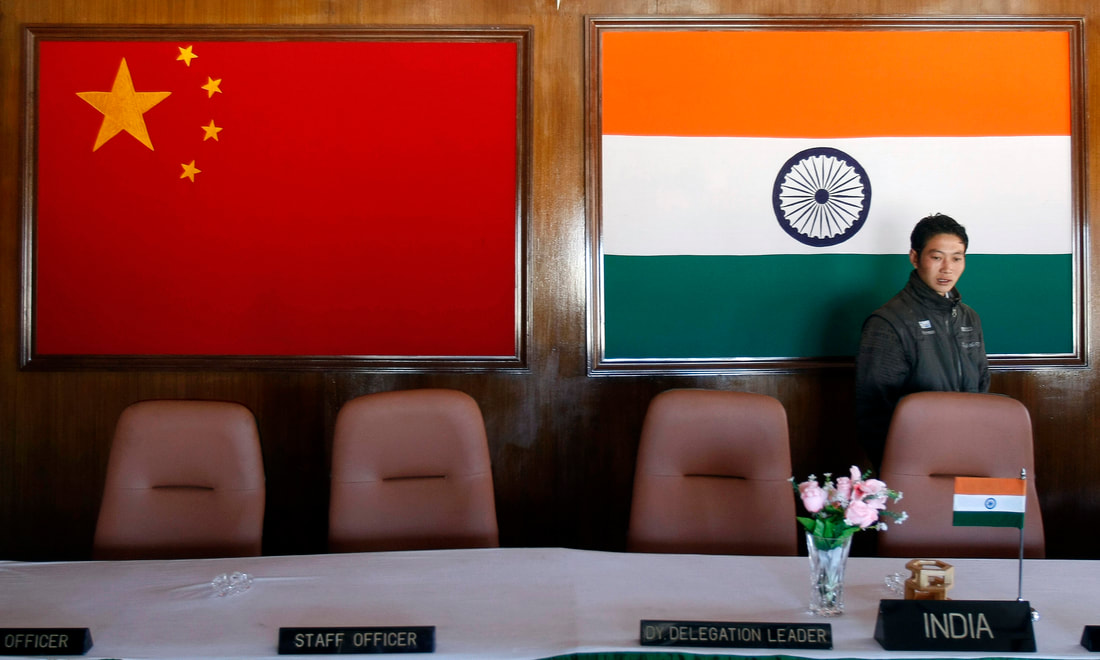 In the post-COVID-19 era, the pari passu usage of both the narratives, “India vs China” and “China with India,” may be myopically unsustainable. It is the most appropriate time to redefine the narrative of bilateral relations. On March 31, 2020, the United Nations stated that India and China would be an exception while the world economy will go into recession due to the coronavirus pandemic. The next day, on April 1, the two countries celebrated the 70th anniversary of the establishment of their diplomatic ties. Thus, India and China should follow the motto “Postera crescam laude” (meaning “grow in the esteem of future generations”). Growing Economies India’s history starts with the rise of the Indus Valley Civilization which flourished between 3500 B.C. and 1800 B.C. The economic system of the Indus Valley was based dominantly on trade which developed in sophistication with improved marine routes. India was one of the largest economies of the ancient and medieval world, respectively possessing over time one third and one fourth of the world’s wealth. From 1526 to 1858, India experienced affluence. The British systematically grabbed the wealth of India by importing raw materials at a cheaper rate and exporting expensive finished goods back to India. Research shows that by 1950 India’s contribution to the world GDP was mere three percent as compared to 27 percent in 1700. It was only after 1947 that the process of rebuilding started. In the last 70 years, India’s GDP grew to about US$3 trillion. The nation’s foreign exchange reserves are US$481 billion compared to just US$2 billion at the time of independence. Against all odds, economists still show great faith in India’s economic growth, projecting a 20.8-percent contribution to the world’s total GDP by 2040. China in the past four decades showed exemplary economic growth by demonstrating its opening-up approach. According to World Bank data, China’s GDP increased from US$150 billion in 1978 to US$13.6 trillion in 2018. China’s openness to the world helped it accumulate foreign exchange reserves of US$3.1 trillion. No doubt, economists are also confident in China’s economic growth in coming years and speculated that by 2040 it would possess 37.4 percent of the world GDP at purchasing power parity (PPP), followed by India in the second place. The impressive and sustained economic growth of China is not a miracle but the fruit of a sustainable development path. By its fiscal, financial and exchange rate reforms put forth since 1992, the Chinese economy has experienced positive marketization. China’s entry to the World Trade Organization in 2001 served as a milestone where China and the rest of the world benefitted from each other. Two other keystones improving China’s economic structure are industrialization and urbanization. The COVID-19 Challenge According to the Asian Development Bank (ADB) COVID-19 assessment, China has successfully restricted the damage to its economy to a moderate level. To mitigate the pandemic’s negative impact, China has announced strings of measures. China’s State Council also declared measures to facilitate the employment of college graduates and rural migrant workers, offer financial support to micro, small and medium-sized enterprises. These measures have translated into signs of economic revival. In March 2020, the purchasing managers’ index (PMI) for China’s non-manufacturing sector surged to 52.3 from 29.6 in February. As per the current scenario, India will be able to contain the coronavirus pandemic with moderate-level damage to its economy. By the end of the second quarter of this year, India should start rebuilding its economy. As per Brookings, COVID-19 can cause 3.6 million deaths in just eight weeks at the current pace of lethality doubling each week. More than 80 percent of deaths are in G20 nations, causing a huge loss of knowledge workers. The world will also look towards India and China to fill this vacuum. As per the Global Innovation Index (GII) 2019, India performs higher on human capital and research, market and business sophistication, and knowledge and technology output when compared to the average level of the upper-middle-income group. India ranks fourth among the economies in the lower-middle-income group. It has been an innovation achiever for nine consecutive years. China remains the top middle-income economy in quality of innovation for seven consecutive years. Positioned 14th, China is the only middle-income economy that is closing the gap with the high-income group in all three indicators. The political economy of the human resource supply chain can be another area for cooperation between India and China in the post COVID-19 era. Narrative for Next 70 Years Both India and China have very strong and popular leaders – President Xi Jinping and Prime Minister Narendra Modi. In the post-COVID-19 era, the pari passu usage of both the narratives, “India vs China” and “China with India,” may be myopically unsustainable. Thus, it is the most appropriate time for both nations and leaders to redefine the narrative of their bilateral relations. In the 70th year of the diplomatic ties and the third year for the two leaders’ informal summit, India and China should start resolving the impinging issues such as the boundary question and global diplomacy tussles, to help build a more dynamic and sustainable world. With the world economy falling into recession, if India and China continue the pari passu usage of “India vs China” and “China with India,” then both may have restricted growth as it harbors the risk of external manipulations and also threats such as terrorism and trade barriers. The COVID-19 pandemic will subvert the paradigm of the world order. The third informal summit should happen as soon as possible as it can shape this significant re-adjustment of the world order for the furtherance of India and China, and subsequently of the world. In conclusion, I would say “远亲不如近邻” – that is “a relative afar is less useful than a close neighbor.” The author is a Pentland-Churchill fellow for global public policy leadership at New York University (NYU) and University College London (UCL). He is Fellow and Convenor IndiaGlobal Center for Chinese Studies. India has re-elected Modi. Going by the track record of the previous five years of Modi’s governance, this inflexion point in the journey of post-independent India can accelerate India’s economic development. In recent times, Russia, UAE, Palestine, Afghanistan and Saudi Arabia have conferred their highest civilian awards on Modi. His initiatives like the Global Solar Alliance and International Yoga Day created new opportunities for India although the world media has failed to pick this strong undercurrent of love and respect Modi has gained on the world stage, not just within India.
Today India’s opposition lies decimated. In the face of an imminent defeat, the uncanny alliance of opposition parties started blaming the electronic voting machines (EVMs). They didn’t inspire confidence as they had no problem with the EVMs when they won in three states last year. Similarly, when India launched a surgical strike on a terrorist camp in Pakistan earlier this year, the Congress party claimed to have launched several surgical strikes during their earlier tenure in the government, a claim that was subsequently debunked by the Indian armed forces. Modi has time and again reaffirmed that he is wedded to the Hindu scriptures that implore one to respect all religions as offering different paths to the same God (“ekam sat vipra bahuda vadanti”). This re-election presents an unmissable opportunity to India led by Modi to demonstrate leadership in establishing world peace, following the core tenets of Hinduism that are rooted in truth, righteousness, peace, love, and non-violence. JP Tamvada, Professor, University of Southampton Sr Fellow, IndiaGlobal देश है
——- देश है विशेष है डाली कटी पत्ते बिखरे फिर भी जड़ें बहुत शेष हैं देश है ! चेहरे हैं भेष भी चौपालों में खेत में शहर भी परदेस भी परम्पराओं से जुड़े हुए ये मानों केश हैं देश है ! कौन हूँ मौन हूँ क्या बचूँ क्या रहूँ मिट्टियों की धूल बन मुट्ठियों से बहूँ ! कुल्हड़ों में जमी दही ये विशेष है देश है ! ज़मीं किसकी हवा जिसकी वतन किसका जतन जिसका भक्ति जिसकी देश उसका हृदय में धड़कती धड़कनें मात्र लेश हैं देश है ! -द्वारिका उनियाल ——- #HappyRepublicDay 26 January 2019 Noted Bollywood actor Anupam Kher was honoured as a ‘Distinguished Fellow’ by IndiaGlobal – a leading think-tank that works on the issues concerning NRIs and India’s position with the world.
The actor was given a fellowship on November 3, 2018 at the 3rd IndiaGlobal Summit organized by India Global. The event was held at the prestigious MIT Sloan School of Management in Boston, and was facilitated by MIT Sloan India Business Club. On this occasion Anupam Kher said, “This honour gives me a further sense of responsibility towards my country. A lower middle class Kashmiri boy from Shimla has come a long way. Jai Ho”. The former national award winner and film director Maj Ashok Kaul, Vice Chairman of IndiaGlobal noted, “It is indeed a momentous occasion that someone from the Indian film fraternity is given such a honour”. Giving her Chief Guest address, Minister for Rural Development, Government of Maharashtra Smt Pankaja Munde said, “Those days are gone where we want to market India’s depravity, now we want to market India’s strength”. Pankaja was leading the delegation of four women self-help-groups from rural Maharashtra. Smt R Vimla, CEO MSRLM told the gathering about the amazing work done by these small women microentrepreneurs and urged American-Indians to adopt the goods made by SHGs to promote quality hand-made items in United States. The 3rd IndiaGlobal Summit also discussed the growing importance of a relationship between India, USA and China. On this occasion the Senior Fellow and the Convener of IndiaGlobal Dr. Nikhil Agarwal said, “Now we can proudly say that the sun never sets on Indian diaspora. Indians are present in every corner of the world and many of them are top entrepreneurs, Prime Ministers and Presidents of their countries”. Co-chairs of the summit Sanjeev Tripathi and Dinesh Nagraj summarised the entire conference and gave Diwali gifts to speakers and delegates. वो जो अटल था
——- जो हार नहीं मानता था जो रार नहीं ठानता था वो अब चुप है वो अब चला गया बिना बोले बिना कहे शायद बरसों पहले उसने लड़ना छोड़ दिया था ! अचानक से श्रधांजलियाँ दी जा रहीं हैं सोशल मीडिया अटा पड़ा है पुराने विडीओ फ़ोटो अतीत के संदूक को झाड़ आज बाहर निकल रहे हैं पुरानी कविताएँ आज ताज़ा हो गयीं हैं पर अब इन सबका उस पर कोई फ़र्क़ नहीं पड़ता मीडिया hyperactive हो चला है सोए सुस्ताए लोग भी पर शेर की तरह दहाड़ने वाला अटल चुप है ! वो बरसों पहले चुप हो गया था किसी ने सुध नहीं ली इतिहास के हाशिए में पहुँच वो शांत था अपने घर के भीतर । उसे किसी के सहारे या झूठे सत्कार की ज़रूरत नहीं थी वो आया था कुछ कर गुज़रने बहुत कुछ कर बस यूँ ही गुज़र गया वो तब भी अटल था वो अब भी अटल है बस पलटी तो हमने मारी है । -श्रद्धा सुमन सहित द्वारिका उनियाल 16/08/2018 By Prasoon Sharma
In his remarks delivered at the 2015-18 summits of the Shanghai Cooperation Organization (SCO), Chinese President Xi Jinping called on SCO members to uphold the Shanghai Spirit, embrace openness and enhance cooperation in various fields. The following are memorable quotes from Xi's speeches. UPHOLDING SHANGHAI SPIRIT At the 2018 SCO summit President Xi Jinping said "the Shanghai Spirit, transcending outdated concepts such as clash of civilizations, Cold War and zero-sum mentality, has opened a new page in the history of international relations and gained increasing endorsement of the international community." Speaking at the 17th Meeting of the Council of Heads of States of the SCO in Astana, Kazakhstan in 2017, Xi said: "Firmly committed to the Shanghai Spirit, SCO member states are making solid progress on the road of building a community of shared future, thus establishing a fine example of the new type of international relations featuring win-win cooperation." Speaking at the 16th Meeting of the Council of Heads of States of the SCO in the Uzbek capital Tashkent in 2016, Xi praised the first of the achievements is that the SCO has advocated and put into practice the Shanghai Spirit, which features mutual trust, mutual benefit, equality, consultation, respect for diverse civilizations and pursuit of common development, said the Chinese president. Speaking at the 15th Meeting of Council of Heads of States of the SCO in Ufa, Russia in 2015, Xi said: "Featuring mutual trust, mutual benefit, equality, consultation, respecting diverse civilizations and seeking common development, the Shanghai Spirit has over the past 15 years underpinned the SCO's development and represents the trend in contemporary international relations." The SCO is a Eurasian platform for political, economic, and security cooperation among member nations. At present, world is facing disruption and uncertainty in all these domains. As examples, there is political turmoil between US & Russia and US & Iran, which has been threatening global political stability. A potential US-China trade spat and the US inclination towards anti-globalization has posed challenges to the world economy and especially to the world's two fastest growing major economies i.e. India and China. The world is facing severe terrorism and extremism threats from organizations like ISIS. EMBRACING OPENNESS In 2018 SCO summit President Xi Jinping said "We should promote open and inclusive cooperation for win-win outcomes. We should reject self-centered, short-sighted and closed-door policies. We should uphold WTO rules and support the multilateral trading system so as to build an open world economy." "Openness has been a defining feature of the SCO since its inception. China supports the SCO in carrying out cooperation of various forms and in a broad range of areas with its observer states and dialogue partners as well as other countries, and in further reviewing the applications from the related countries for legal status in the SCO in accordance with its regulations and the principle of consensus," said Xi at the 2017 summit. In 2016, Xi said: "Members of the SCO should remain open and transparent without targeting any third party, engage all like-minded international partners in wide-ranging cooperation and act as a constructive force for the healthy development of the international order," said the Chinese leader. In 2015, Xi said: "We should uphold international equity and justice, promote multilateralism and openness, respect each other's interests, refrain from interfering in other country's internal affairs, settle disputes through peaceful means and seek common development and prosperity with a win-win approach." China has already built 21 economic and trade cooperation zones. The SCO should achieve the target of completing SCO Free trade Agreement by 2020. India's pending energy projects like the TAPI (Turkmenistan-Afghanistan-Pakistan-India) pipeline, IPI (Iran-Pakistan-India) pipeline, and CASA (Central Asia-South Asia)-1000 electricity transmission projects can get a much-needed push through the SCO, which involves both India and Pakistan. Beyond this, the most important aspect of embracing openness is connectivity. The International Union of Railways (UIC) had ranked India as 4th and China as the 2nd largest rail network in the world. Both railway networks should come together to connect 42% of global population residing in SCO countries. China-India should create separate platforms to resolve all the issues and concerns related to the Belt and road initiative (BRI). And both countries should create synergy in their connectivity projects. ENHANCING SECURITY AND OTHER COOPERATION In 2018 SCO summit President Xi Jinping said "We should pursue common, comprehensive, cooperative and sustainable security. We should reject the Cold War mentality and confrontation between blocks and oppose the practices of seeking absolute security of oneself at the expense of others. This is a sure way to achieve security of all." At the 2017 meeting, Xi said: "At present, the international and regional situation is undergoing profound and complex changes. Destabilizing factors and uncertainties are on the rise. Only through cooperation can countries properly meet threats and challenges. China is willing to work together with all parties to strengthen the sense of community with a shared future, and build a common home of security, stability, development and prosperity." In 2015, Xi said: "Upholding security and stability in our region is a common concern for all member states. The SCO has the responsibility to prevent instability, forestall the spread of terrorist and religious extremist ideologies and stop forces with hidden agenda from undermining peace and stability in our region." As per reports, ISIS posts around 90,000 items daily on various social media platform to influence, recruit, and create terror. The Chinese Internet Plus and Digital India plan should work together to help other SCO members to counter cyber terrorism. The most important strategy to fight against these terror groups is to provide employment to young people so that they don't become drawn-in by these extremist groups. As such, an Asian Silicon Valley, an idea discussed during an India-China Strategic Economic Dialogue, should be extended to other SCO countries. This will provide an eco-system to the youth of SCO countries to think about positive ideas, convert these ideas to commercially viable products and services and contribute to the growth of whole region and world. As for the potential benefits, India can gain from SCO's Regional Anti-Terrorist Structure (RATS) – manned by 30 professionals analysing key intelligence inputs on the movements of terror outfits, drug-trafficking, cyber security threats and public information in the region that we in India know little about. Likewise, participation in SCO's counter-terror exercises and military drills could be beneficial to the Indian armed forces. (Prasoon Sharma is Director- India Global Centre for Chinese studies. He represented India at various forums like India-China Strategic Economic Dialogue in 2016 & 2018, BRICS summit etc.) |
Details
AuthorOfficial Blog of IndiaGlobal. Authors are invited to submit articles and views. Contact us for more information. Archives
January 2024
Categories |

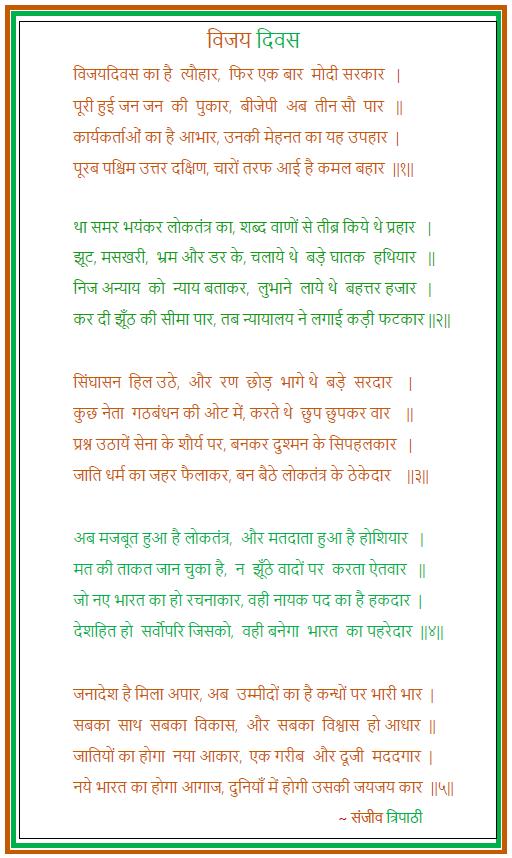

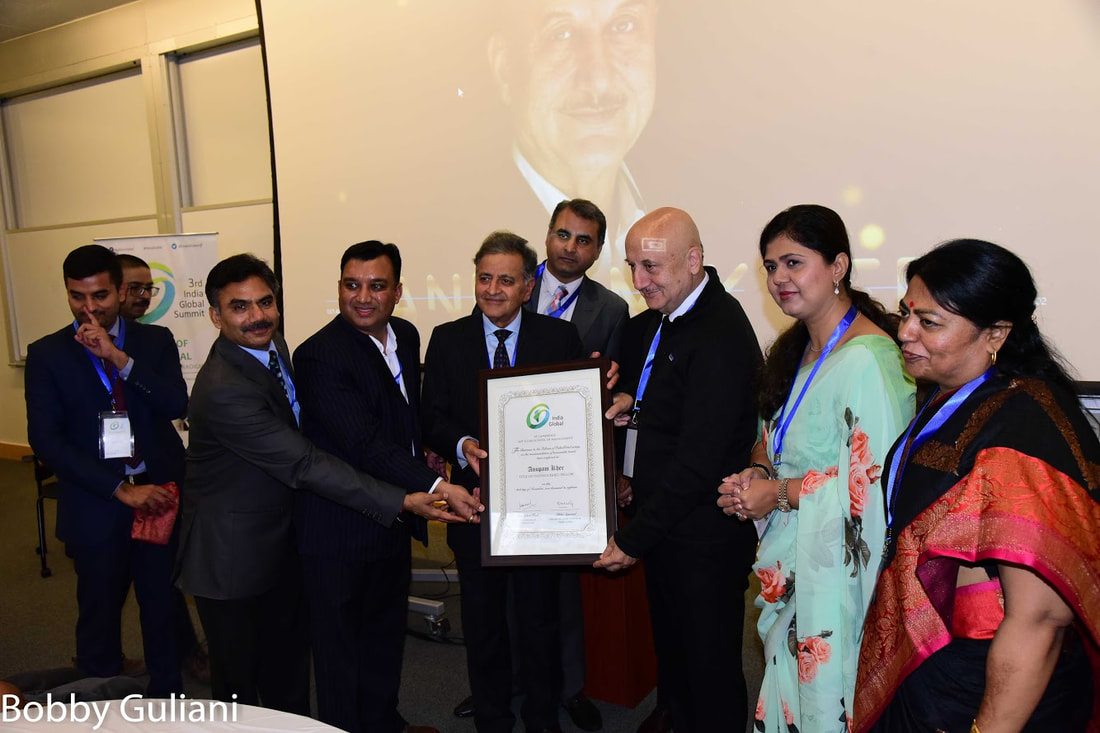
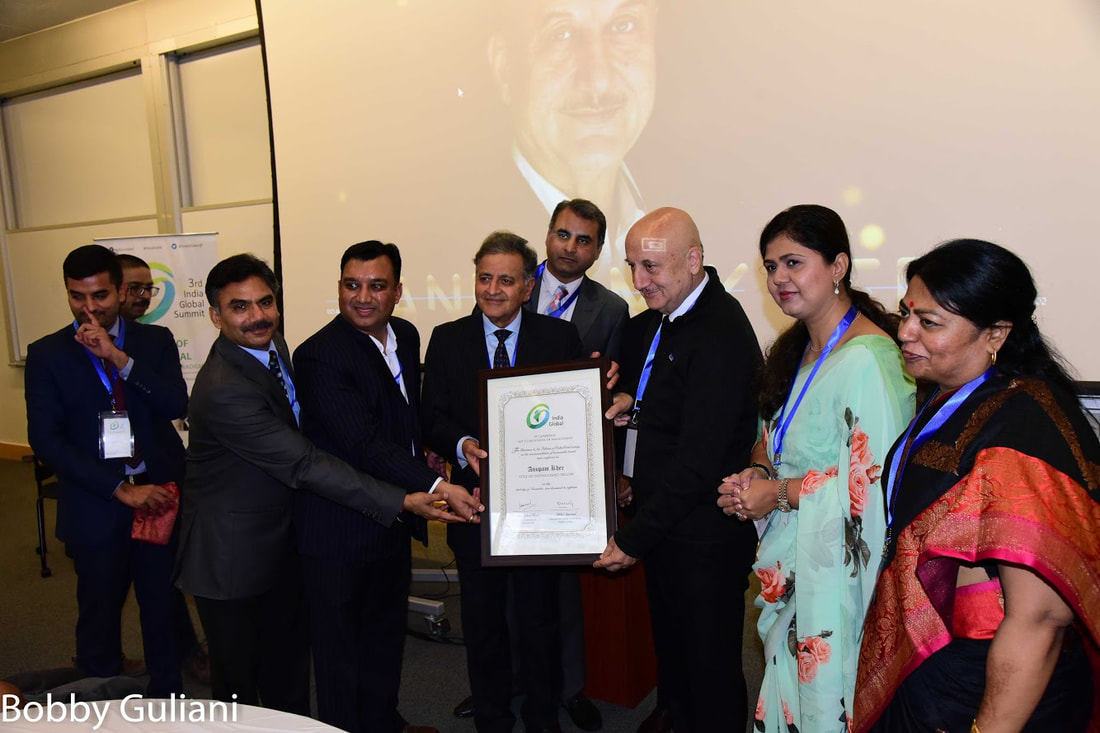
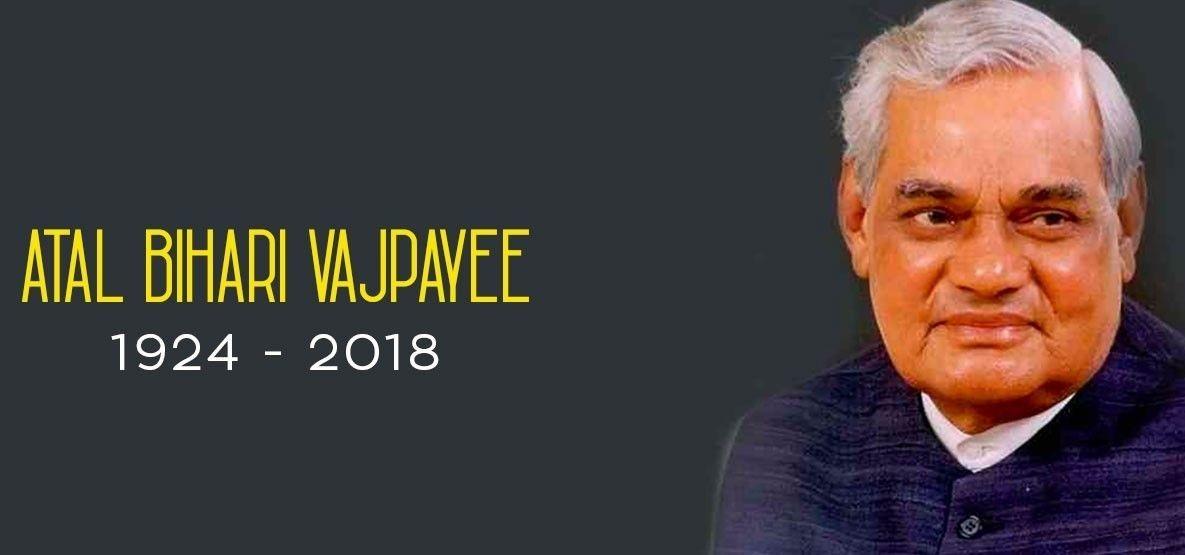
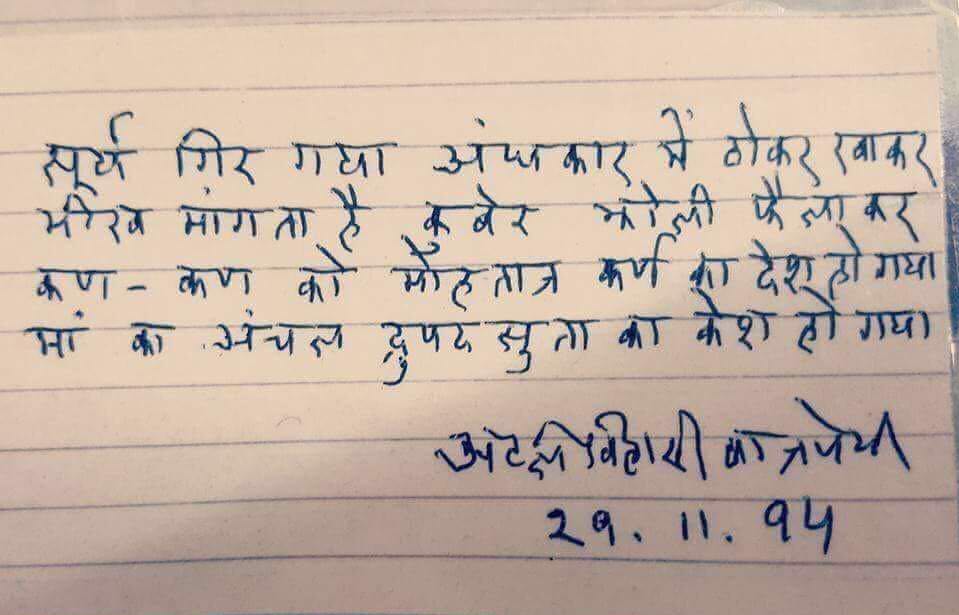
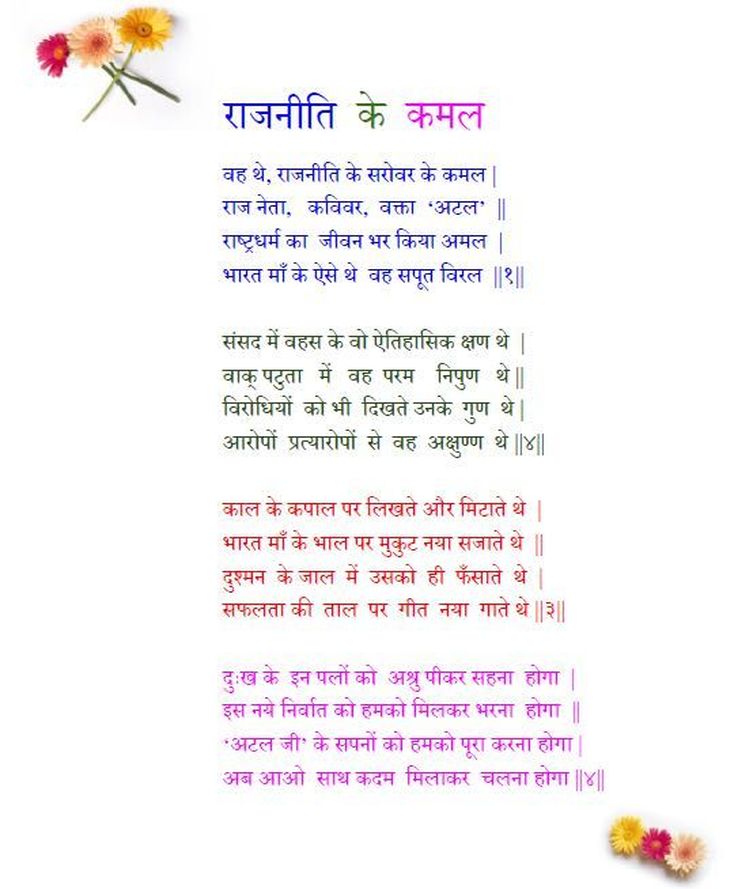
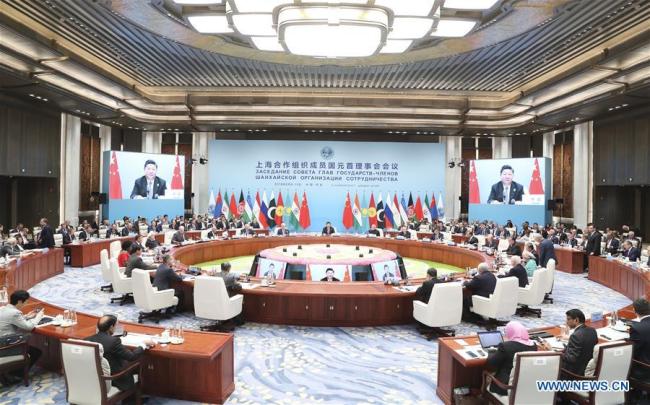
 RSS Feed
RSS Feed